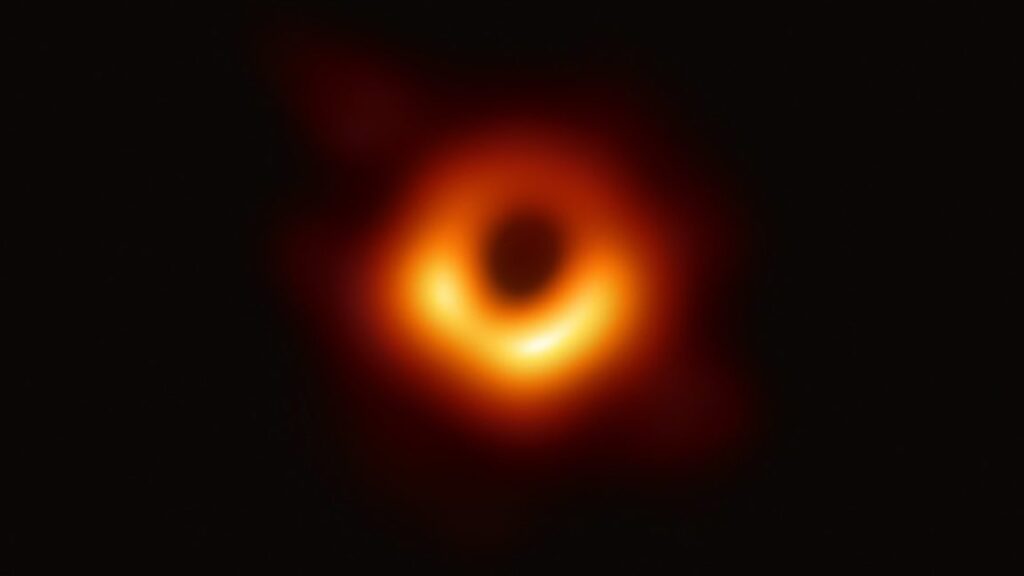Right now, we probably don’t have the ability to detect these small changes in phenomena. However, that may change, as a next-generation version of the Event Horizon Telescope is being considered, along with a space-based telescope that would operate on similar principles. So the team (four researchers based in Shanghai and CERN) decided to repeat an analysis they did shortly before the Event Horizon Telescope went operational, and consider whether the next-gen hardware might be able to pick up features of the environment around the black hole that might discriminate among different theorized versions of gravity.
Theorists have been busy, and there are a lot of potential replacements for general relativity out there. So, rather than working their way through the list, they used a model of gravity (the parametric Konoplya–Rezzolla–Zhidenko metric) that allows that isn’t specific to any given hypothesis. Instead, it allows some of its parameters to be changed, thus allowing the team to vary the behavior of gravity within some limits. To get a sense of the sort of differences that might be present, the researchers swapped two different parameters between zero and one, giving them four different options. Those results were compared to the Kerr metric, which is the standard general relativity version of the event horizon.
Small but clear differences
Using those five versions of gravity, they model the three-dimensional environment near the event horizon using hydrodynamic simulations, including infalling matter, the magnetic fields it produces, and the jets of matter that those magnetic fields power.
The results resemble the sorts of images that the Event Horizon Telescope produced. These include a bright ring with substantial asymmetry, where one side is significantly brighter due to the rotation of the black hole. And, while the differences are subtle between all the variations of gravity, they’re there. One extreme version produced the smallest but brightest ring; another had a reduced contrast between the bright and dim side of the ring. There were also differences between the width of the jets produced in these models.

